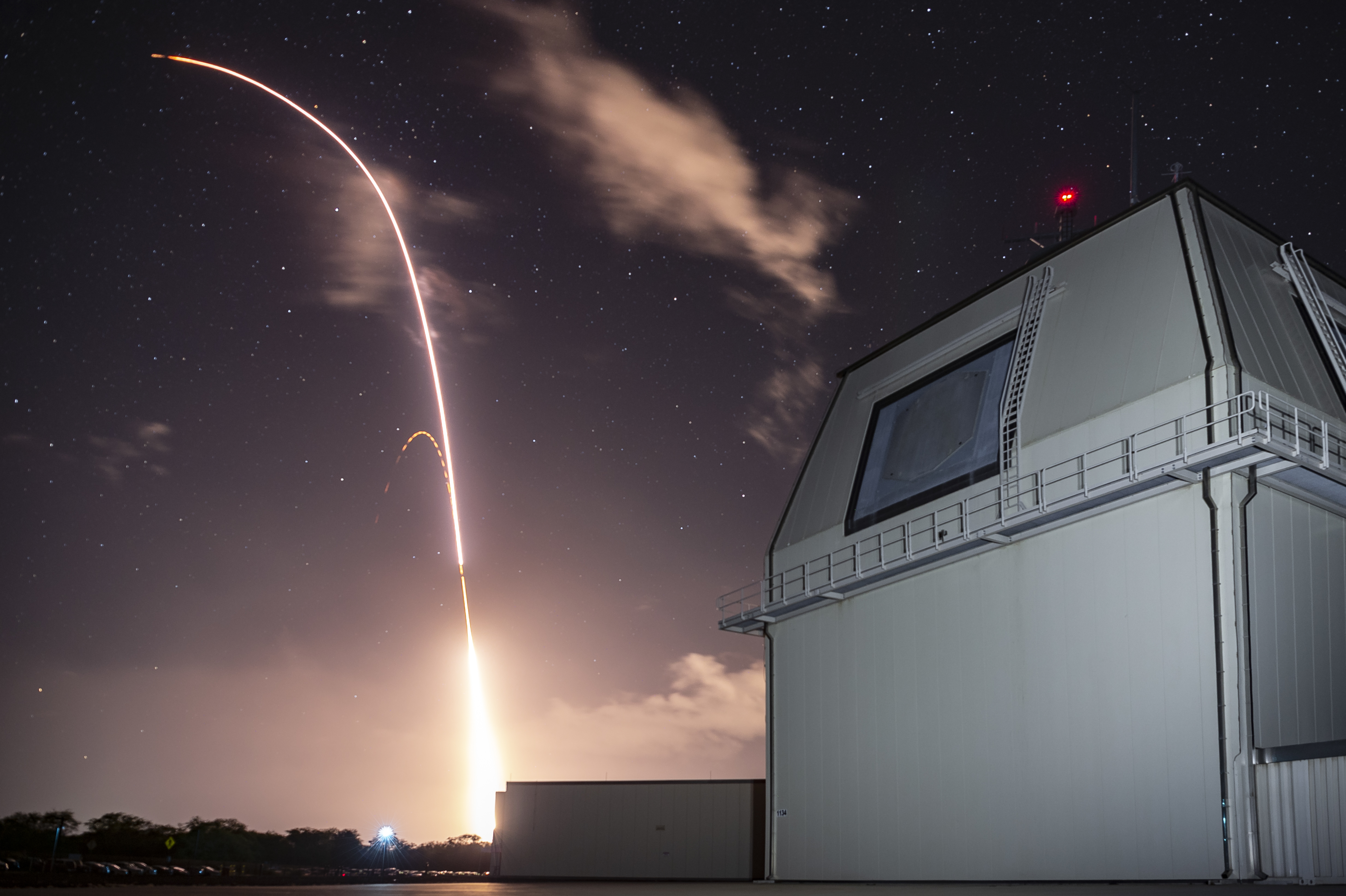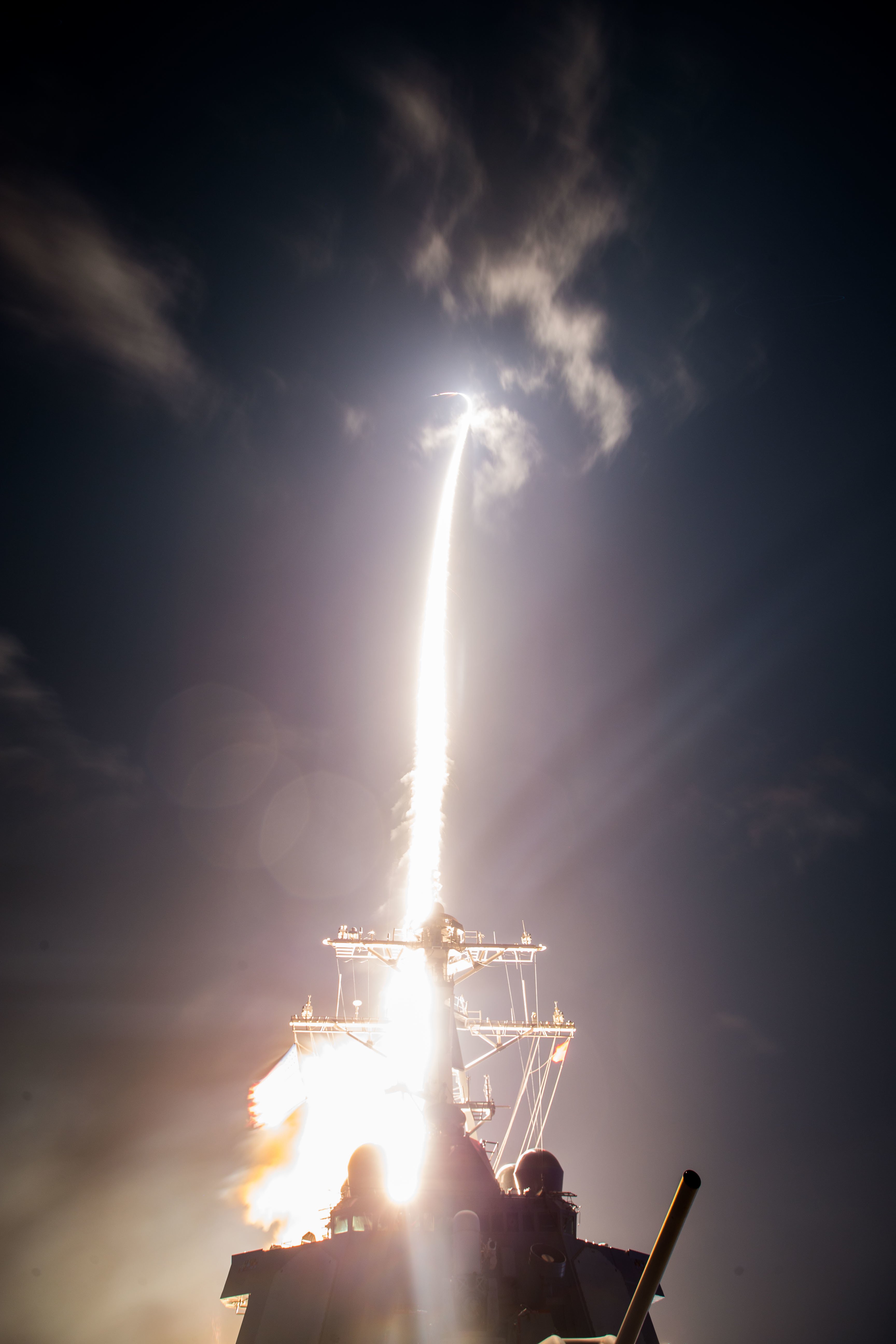
Japan is backing away from installing two Aegis Ashore ballistic missile defense (BMD) systems in the country over technical concerns, Minster of Defense Taro Kono told reporters on Monday.
“In view of the cost and time [necessary] for the deployment, we will halt the process,” Kono told reporters, according to Kyodo News.
“For the time being, we’ll maintain our missile defense capability by Aegis-equipped destroyers.”
In particular, Kono said there were concerns that the booster stage of the SM-3 Block IIA BMD interceptors could land outside of designated safe areas and that software fixes for the interceptor hadn’t been effective. The missile and the interceptor were co-developed by Raytheon Missile Systems and Mitsubishi Heavy Industries, in a joint U.S.-Japan effort. The installations would have been built around a Lockheed Martin air search radar and a Mark 41 vertical launch system with the interceptors.
Japan has spent about $1 billion on the Aegis Ashore program that was expected to cost about $4.2 billion over the next 30 years between the cost of equipment and maintenance.
Representatives Raytheon declined to comment when reached by USNI News.
A Lockheed Martin spokesperson said, “We are actively working with the U.S. Missile Defense Agency and the Japanese Ministry of Defense to provide an Aegis Ashore system on schedule and budget. We are standing by to support the MDA and address any concerns of the Japanese government.”
The two sites were designed to provide Japan its own shore-based BMD capability in coordination with its BMD-capable fleet of Japanese Maritime Self-Defense Force Aegis guided-missile destroyers and U.S. 7th Fleet BMD patrols.
The focus is on the growing ballistic missile capability of North Korea, Japanese officials have said.

“The threat against our national security from North Korea’s nuclear and missile development has become more serious and imminent than before and has risen to a new level,” then-Defense Minister Itsunori Onodera said in 2017.
The government picked sites in the Akita and Yamaguchi prefectures amidst protests from local officials and citizens.
Japan has been interested in the Aegis Ashore capability since 2014, after the U.S. began developing the capability for two sites in Europe as part of the Obama administration European Phased Adaptive Approach to Missile Defense that pairs a site in Romania and a planned site in Poland with forward-deployed Arleigh Burke guided-missile destroyers.
The Poland site has suffered delays, and in March Missile Defense Agency Director Vice Adm. Jon Hill said the U.S. was withholding funds to a contractor.
“The Aegis system is boxed up in temperature-controlled boxes on-site, ready to be installed, and so we’re very impatient and we’re working closely with the Army Corps to really leverage and pressurize the contractor,” he said.





